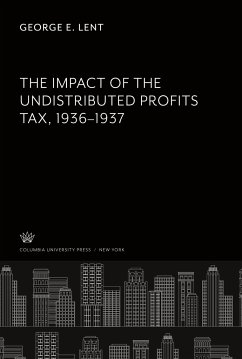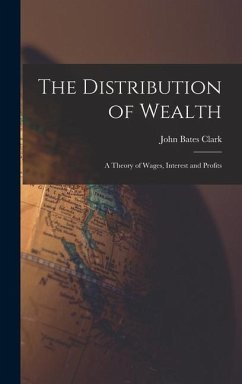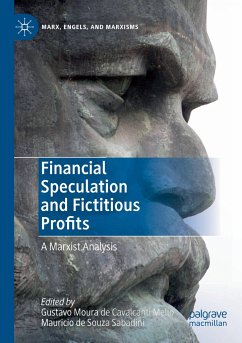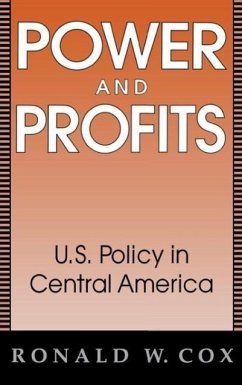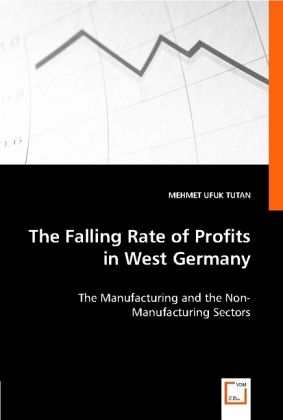
The Falling Rate of Profits in West Germany
The Manufacturing and the Non-Manufacturing Sectors
Versandkostenfrei!
Versandfertig in 6-10 Tagen
39,99 €
inkl. MwSt.

PAYBACK Punkte
20 °P sammeln!
The profit rate has long been understood to be a crucial indicator of the health of a capitalist economy. Empirical studies traditionally looked at the manufacturing sector because of lack of data for the rest of the economy. This book investigates the economy-wide rate of profit, the manufacturing and the non manufacturing sectors in West Germany from 1960 to unification. The study finds significantly different behavior between the manufacturing and the non manufacturing sectors, revealing a serious limitation of any simple aggregate studies of the West German profit rate. The book considers ...
The profit rate has long been understood to be a crucial indicator of the health of a capitalist economy. Empirical studies traditionally looked at the manufacturing sector because of lack of data for the rest of the economy. This book investigates the economy-wide rate of profit, the manufacturing and the non manufacturing sectors in West Germany from 1960 to unification. The study finds significantly different behavior between the manufacturing and the non manufacturing sectors, revealing a serious limitation of any simple aggregate studies of the West German profit rate. The book considers the profit share and output-capital ratio as determinants of changes in the profit rates. It develops a simple way to graphically present them so a reader can immediately see their relative contributions to the changes in the profit rate. This study supports the claim that profit rate declines and restorations were dominantly, though not exclusively, caused by wage changes as opposed to technological changes, and particularly so in the manufacturing sector where unions were stronger. The book also summarizes the main empirical studies of the USA economy`s profit rate between 1960 and 1990.



